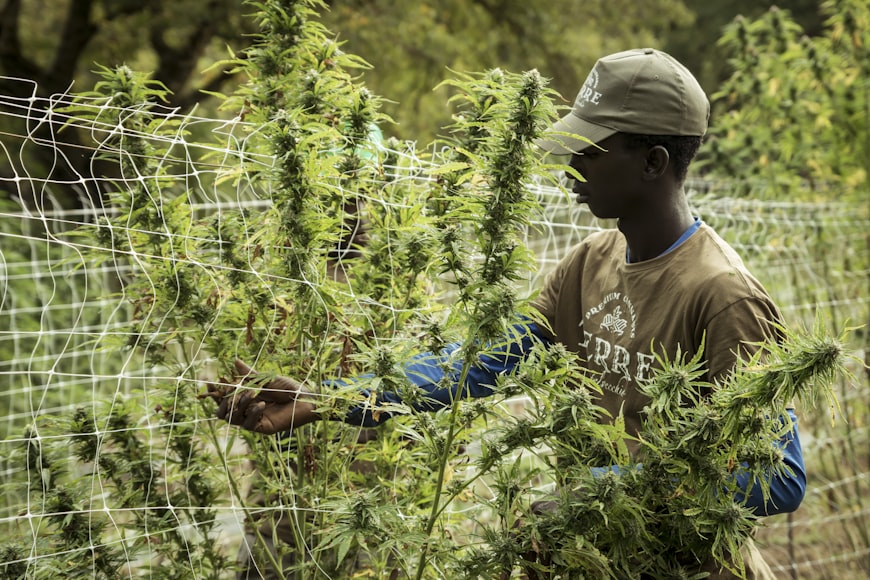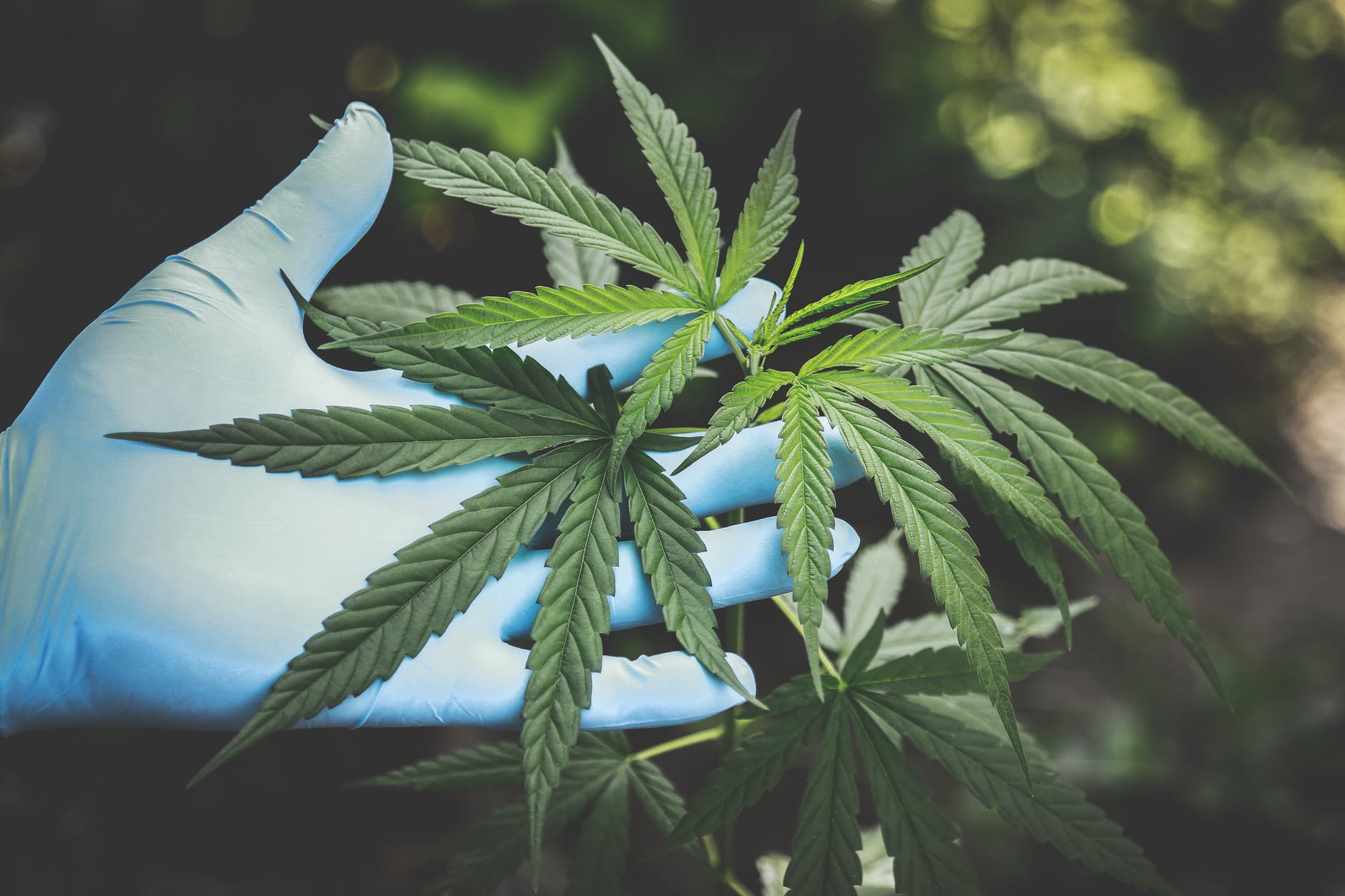The legalization of cannabis has been a controversial topic for many years. In recent years, however, more and more countries and states have started to legalize cannabis for medicinal and recreational purposes. This shift in policy has had a significant impact on society, both positive and negative.
Cannabis and the Economy
One of the most significant impacts of cannabis legalization has been on the economy. Legalizing cannabis has created new industries and jobs, from growers and processors to dispensaries and other retail outlets. Tax revenues from cannabis sales have also provided a significant boost to state and local budgets.
Cannabis and Health
Another positive impact of cannabis legalization has been on public health. Studies have shown that cannabis can be effective in treating a variety of medical conditions, including chronic pain, anxiety, and depression. In states where cannabis has been legalized, the number of opioid overdoses has also decreased, suggesting that cannabis could be a safer alternative to opioids for pain management. (Treating Health Conditions with Cannabis)
Negative Impact of Cannabis Legalization
However, the legalization of cannabis has also had some negative impacts on society. One of the most significant concerns is the potential for increased use among teenagers. Studies have shown that teenagers who use cannabis are more likely to develop mental health problems, such as schizophrenia, and to experience problems with memory and attention.
Another concern is the potential for increased driving under the influence of cannabis. Although cannabis does not impair driving to the same extent as alcohol, it can still affect reaction time and judgment, making it dangerous to drive while under the influence.
Additional Impacts
While we can’t cover all the societal impacts of legalizing marijuana, here is a quick outline of some of the most pronounced effects:
- Criminal Justice: Legalizing cannabis has reduced the number of people arrested and incarcerated for cannabis-related offenses. This has helped reduce the burden on the criminal justice system and has allowed law enforcement to focus on more serious crimes.
- Social Justice: Cannabis prohibition has disproportionately affected communities of color, with Black Americans being arrested at a much higher rate than White Americans despite similar rates of use. Legalization has helped address some of these inequities by reducing arrests and providing opportunities for communities of color to participate in the legal cannabis industry.
- Tourism: Legalizing cannabis has also led to an increase in cannabis tourism. People travel to states or countries where cannabis is legal to partake in the legal cannabis culture and visit dispensaries.
- Education: Legalization has created an opportunity to educate the public about cannabis and its potential benefits and risks. This includes educating people about responsible use, potential health effects, and how to avoid driving under the influence.
- Stigma Reduction: Legalization has helped reduce the stigma associated with cannabis use. This has allowed people who use cannabis for medicinal or recreational purposes to feel more comfortable discussing their use openly and seeking help if needed.
In conclusion, the legalization of cannabis has had both positive and negative impacts on society. While it has created new industries and jobs and provided a safer alternative to opioids for pain management, it has also raised concerns about increased use among teenagers and driving under the influence. As more and more states and countries continue to legalize cannabis, it will be important to continue to study and monitor its impact on society.
-
 Discounted – Visually Blemished Cannabis Leaf Bowl Saver$1.75 – $6.75
Discounted – Visually Blemished Cannabis Leaf Bowl Saver$1.75 – $6.75 -
Product on sale
 Cleaning Plugs for Bongs and PipesOriginal price was: $16.00.$14.50Current price is: $14.50.
Cleaning Plugs for Bongs and PipesOriginal price was: $16.00.$14.50Current price is: $14.50. -
 Monsters Bowl Savers(Save – A -Bowl) – 2 Pack(monster)$8.50 – $16.45
Monsters Bowl Savers(Save – A -Bowl) – 2 Pack(monster)$8.50 – $16.45 -
Product on sale
 Cleaning Plugs for PipesOriginal price was: $8.00.$6.00Current price is: $6.00.
Cleaning Plugs for PipesOriginal price was: $8.00.$6.00Current price is: $6.00. -
 1 Xlarge – Chillum Bowl Saver(Save-A-Bowl)$6.00 – $12.00
1 Xlarge – Chillum Bowl Saver(Save-A-Bowl)$6.00 – $12.00 -
 Mixed Colored Bowl Savers(Save – A -Bowl) – 2 Pack$8.00 – $14.00
Mixed Colored Bowl Savers(Save – A -Bowl) – 2 Pack$8.00 – $14.00 -
 His and Hers Bowl Savers(Save – A -Bowl) – 2 Pack(his/her)$8.50 – $14.50
His and Hers Bowl Savers(Save – A -Bowl) – 2 Pack(his/her)$8.50 – $14.50 -
 Mixed Colored Bowl Savers(Save – A -Bowl) – 2 Pack(mix30)$8.00 – $14.00
Mixed Colored Bowl Savers(Save – A -Bowl) – 2 Pack(mix30)$8.00 – $14.00 -
 Green Leaf Save A Bowl$5.00 – $16.45
Green Leaf Save A Bowl$5.00 – $16.45




